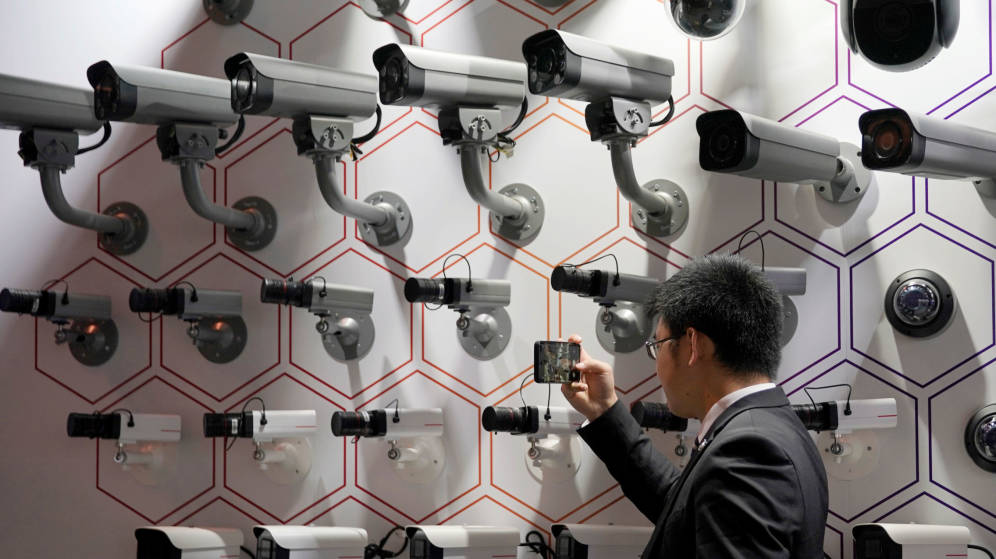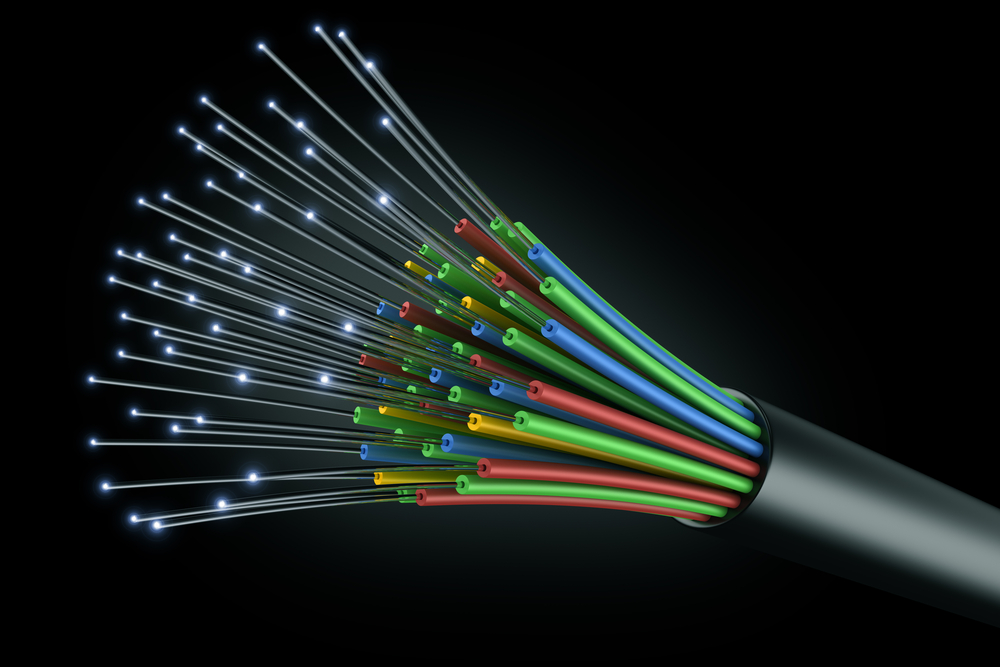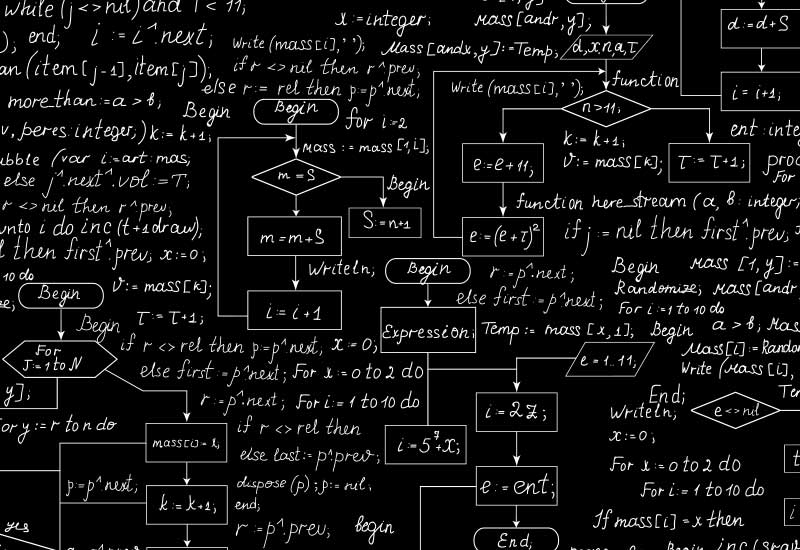
4 reasons to migrate your business to the cloud
[email protected] +(506)4020-4000
For many companies it is increasingly important to cut back expenses in these times of crisis. In many cases, the IT department is one of the most expensive depending on your line of business.
By migrating your business infrastructure to the cloud, it would reduce costs such as buying licenses, renewing equipment, and paying electric bills.
In our Central American region, we have noticed that more and more customers have decided to implement this technology due to the fantastic benefits it offers. Although businesses started using the cloud more than 10 years ago, new advances in technology and better infrastructure have made it an option that must be considered for the growth of your business.
I would like to convey some very important reasons as to why you should move your company over to the cloud, if you have not already done so.
Savings: As we mentioned above, a great advantage of the cloud is the fact that you can eliminate much of the equipment that you keep in your office, liberating space, reducing your high electricity consumption and never having to think about renewing equipment when it becomes outdated.
The staff: The cloud allows you to minimize your IT staff. The remaining IT staff can then focus on addressing more urgent matters related to your business strategy.
Faster decisions: With the cloud, the company’s information is consolidated in one place. Normally it would take time to gather important information that is needed to make momentary decisions. The cloud however, gives a complete overview of the business progression and the ability to anticipate situations before they happen.
Elasticity: In our ever changing world, it follows that our businesses are ever changing. Requirements may change considerably from one week to another. The beauty of a virtualized infrastructure is that these requirements can be changed, tweaked, eliminated or incremented without having any downtime
At Navégalo we have our own “Navégalo Cloud” with an infrastructure equipped with the highest safety and operational standards. The Navegalo Cloud can only be found in our Data Centers.
So, now it’s time to ask: when is your company going to go to the cloud?
Write to us,
our specialized team will be waiting to offer you a suitable solution to the needs of your business.
Tyson Ennis, MBA
CEO
Navégalo








